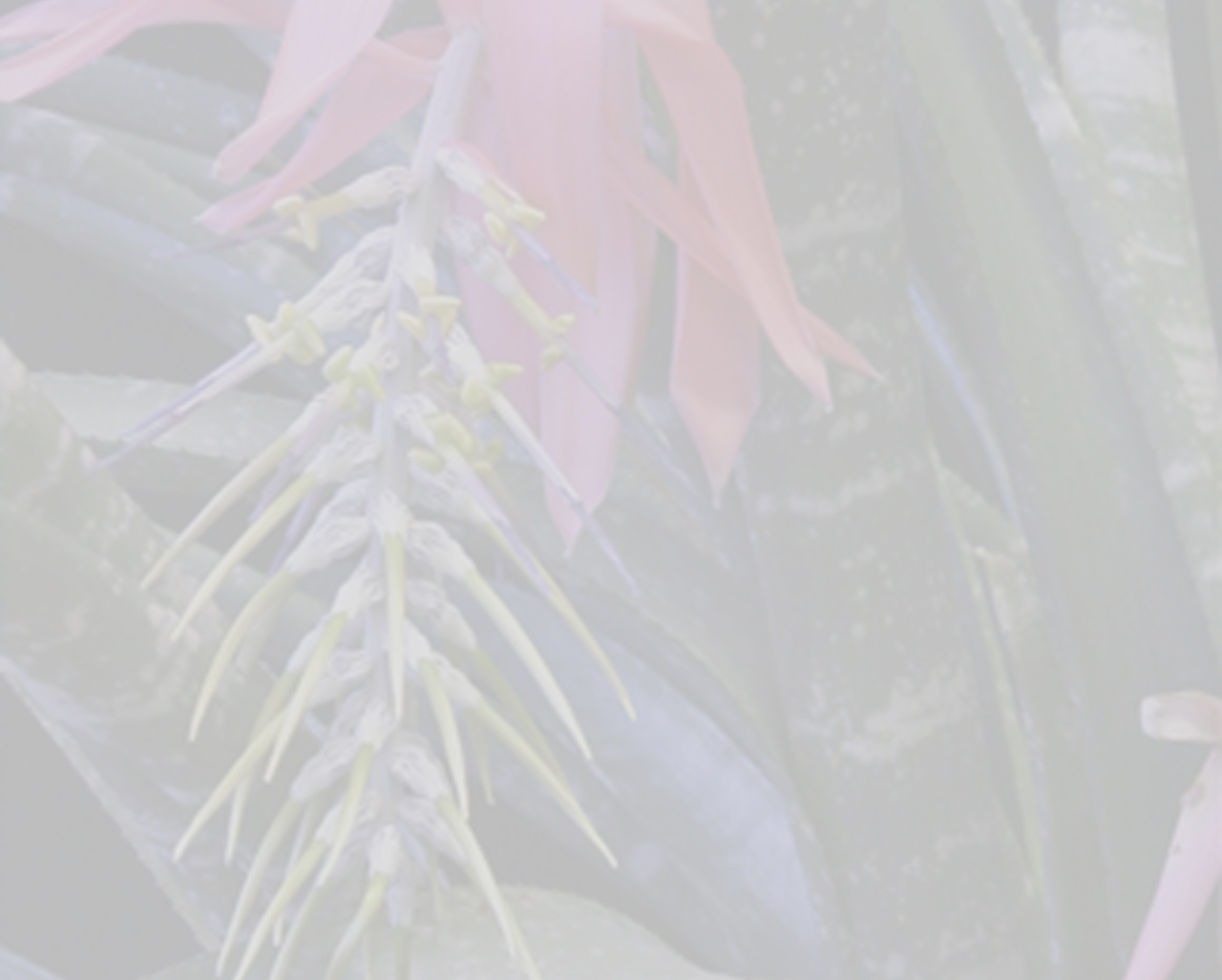

 Billbergia ambigua (L.B.Sm. & Read) Betancur & N.R.Salinas[as Billbergia ambigua (L B Sm. & R W Read) Betancur & Salinas]
Billbergia ambigua (L.B.Sm. & Read) Betancur & N.R.Salinas[as Billbergia ambigua (L B Sm. & R W Read) Betancur & Salinas]Observations: —Emails circa 18 Dec 2006
Derek and all:
Betancur suggests that Smith and Read (1982) were working with only one, incompletely developed specimen when they described Pseudaechmea ambigua
Phil Bunch
Dear Phil and Derek,
I don't think that is true. There are two specimen (holo and iso-type) but both are collected well before full anthesis, so petal characteristics are mainly lacking in the original description.
By the way, thank you very much for the explanation/translation of the text in the article of Betancur and Salinas.
This led to an erroneous interpretation of some structures. He states that they saw the inflorescence as simple when in fact it is compound.
That is an interesting point and it is in fact (pseudo-)simple or with a few branches at the base. Smith & Read did not recognize the one flowered branches and misinterpreted the primary bracts as floral bracts. I never saw the type (only the type pictures in the original
description), but was very interested in it, because I thought it could be very close to Aechmea campanulata from Guyana. Once I wrote ( see Selbyana 20:30-39) "Aechmea campanulata strongly resembles Pseudaechmea ambigua from Colombia and is suspected to be closely related. It has strongly asymmetric sepals, a very shallow epigynous tube above the ovary and caudate ovules. The inflorescence is pseudo-simple (with one-flowered branches) or few branched at the base. Ligules on the petals are highly adnate to the petals and sometimes difficult to find. At this time, ligules on the petals are keeping these two probably closely related species in two different genera. This characteristic, however, has proved to be unreliable in many cases for generic level classification (Grant 1995) and the relation between these two species is subject for further investigation."
Interestingly the additional material used by Betancur and Salinas is showing ligules on the petals and the inflorescence structure (compound in some cases). This makes my feeling stronger that Ae.campanulata and Pseudaechmea ambigua are very closely related to each other. I'm not sure it placement in Billbergia is right. One of the obvious characteristics in my view is that the leaves are canaliculate with a broad different colored section in the center, which can be found in several Aechmea species but not in Billbergia.
As I already wrote: these two species is subject for further investigation
Thanks,
Eric GoudaEdited from (03-12-2014): Gouda 2006 .